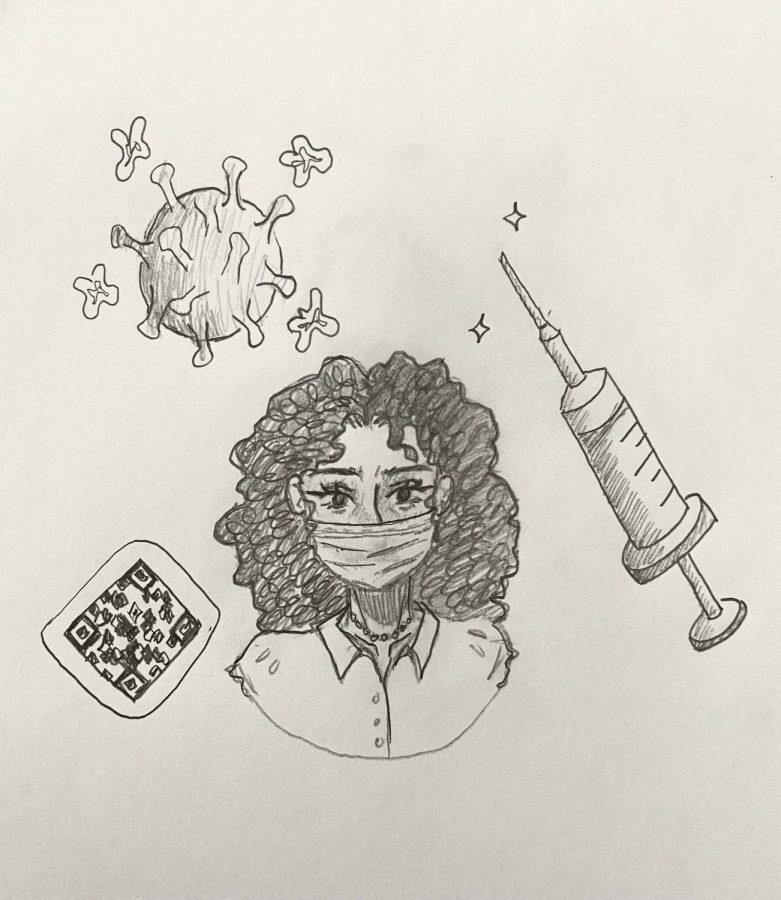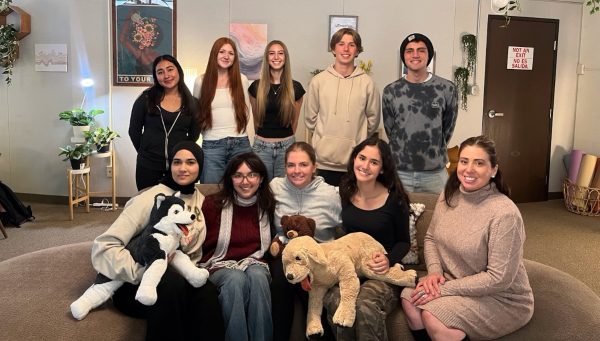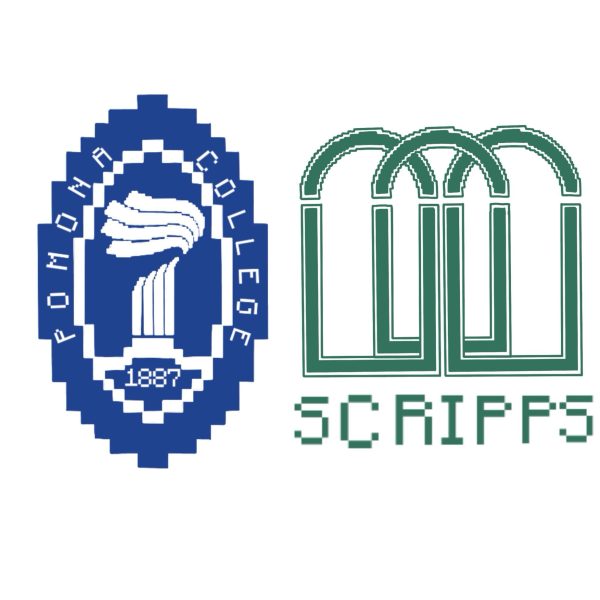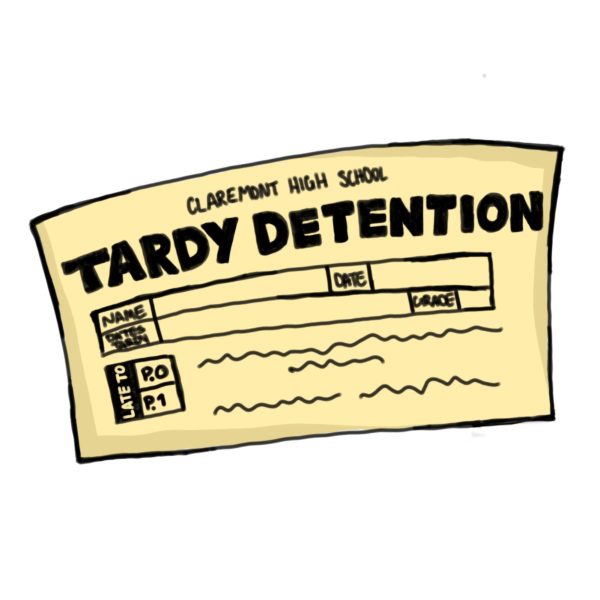Scanning the school for safety
In the first few months fully back in-person, amid dances, rallies, and just normal day-to-day life, CHS has become a place for COVID to spread. After the Sadies Hawkins dance, there was a significant outbreak — and students, teachers, and staff members alike are wondering how this happened with COVID protocols in place.
Google forms are a part of life now. At the start of the school day, students are expected to complete a survey evaluating any possible covid symptoms or exposure. With straightforward questions such as if a student feels sick, or if they have come into contact with someone infected by covid, the survey aims to prevent those possibly ill with the virus from attending school and further spreading it. However, this is only one of the various roles QR codes now hold on campus. Students must also complete surveys when using the restroom and attending office hours, to help with the accuracy of contact tracing.
With a majority of students choosing to not bother to complete these essential forms, they have not helped the administration track COVID around CHS.
Teachers are now tasked with the responsibility of making sure that their students fill out all three QR codes when needed. In the first few weeks of school, the administration was making sure that everyone filled out the health screening form before coming onto the campus, but then that responsibility got passed to 0th and 1st period teachers. Without the reinforcement from administration, students have gotten more lax about it.
In the Wolfpacket Instagram, out of everyone who responded to a poll, we found that more than 80% of students do not fill out the COVID screening QR code every morning.
“I think in theory, it’s an efficient way to collect data, and I think that it’s not too difficult for staff or students to navigate,” English teacher Tamara Nicoll said. “In practice, I think students really need to have it in their mindset that it’s a requirement, and I’m not sure if that mindset has sunk in.”
Ms. Nicoll shows the daily health screening QR code on her slide deck every day for her first and second periods, but estimates that a smaller number of teachers show the code to their students daily than the number of teachers who do not.
On the other hand, bathroom codes can be found in every classroom. The use of the bathroom Google forms is to track contact tracing — that is, if someone has COVID and recorded that they used a certain bathroom that day, the administration should be able to track down students who also used that same bathroom. However, bathroom contact tracing might not help everyone affected. First off, students go into the bathrooms during passing periods, which are not recorded, and second, the QR codes rely on the student’s honesty.
“It seems like the QR code would be better off on the bathrooms, because when they leave my classroom and say that they’re going to a certain bathroom, maybe that bathroom’s closed or maybe they don’t go to that bathroom,” Nicoll said.
Furthermore, if students do not fill out the QR codes at all, then the administration does not know if they should contact people who could have been exposed to COVID. Though that only matters if administration can effectively reach out to students in time for them to quarantine.
Over the duration of September, October, and November thus far, the lack of students doing QR codes has harmed campus tremendously. In all honesty, QR codes at school can provide information about students who have had symptoms. This gives CHS a better sense of who to quarantine in a faster amount of time. However, many students exposed to COVID do not fill out these QR Codes which can harm other students at school and create a domino effect. Plus, COVID exposure notifications rarely give out the students who were exposed to any information whatsoever. Junior Tiffany Casaje is just one of the many students at CHS who have felt the impacts of the lack of students filling out QR codes.
“I think the method is logical, in theory,”said Casaje. “I can understand why the method was implemented. I myself have no problem with the questionnaires, but effectively getting every single student to cooperate is unrealistic. One time, I got contacted for being in close proximity to someone who tested positive. Out of curiosity, I messaged everyone I sat next to in all of my classes…..Yet somehow, I was the only one who got a message which definitely made me question the effectiveness.”
It is no surprise that most students do not fill out all the QR codes from a day to day basis from scanning the code in the morning, for office hours, classrooms, and bathroom passes, due to the fact that they may seem unnecessary or trivial.
However, the CDC states that, “Case investigation and contact tracing can slow the spread of COVID-19 by letting people who might have been exposed to COVID-19 know that they should monitor their health for signs and symptoms of COVID-19, get tested and quarantine if needed.”
As the bathroom and office hours QR codes around campus prompt students to turn in where they are, they help the administration to be able to contact students in case of COVID exposure.
“In all honesty, I have definitely forgotten to complete the survey at some point,”said Casaje. “Not because I’m unwilling to comply, but sometimes there are just so many QR codes for everything that it starts feeling excessive.”
Understandably QR codes can be a bit repetitive, considering it is a few minute questionnaire filling out a few multiple choice questions. Over time, it gets tiring to take out a device each morning to scan the code to go to places around campus. Whether students fill out the forms or not, QR codes and other methods of contact tracing inform the school as to who could have been exposed to COVID within the past few days or even weeks.
All in all, students filling out QR codes helps the administration track COVID cases due to contact tracing. Filling out these forms means that students can be notified if they are exposed or not, letting them know if they should quarantine or watch themselves for symptoms of COVID. Making QR codes a greater part of student life helps the student, the teacher, the administration, and more.
Hello there! Our goal is to provide relavent, engaging journalism for readers of all ages. Your donation will support the student journalists of the Wolfpacket at Claremont High School, and will allow us to purchase equipment, print our monthly issues, and enter in journalism competitions. We appreciate your consideration!
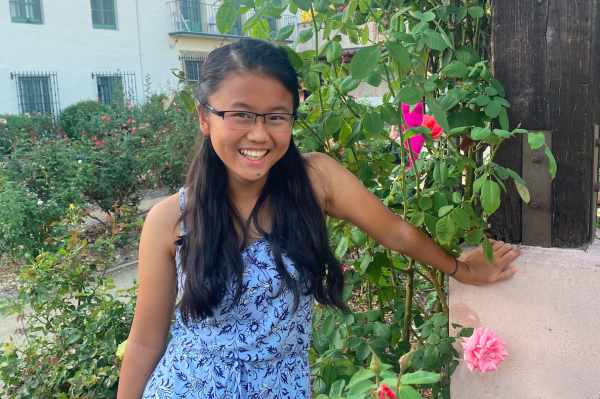
Mayo Ou is the Head Editor-in-Chief of the Wolfpacket and a senior at CHS in her fourth year on the staff. Her goal this year, other than not procrastinating...
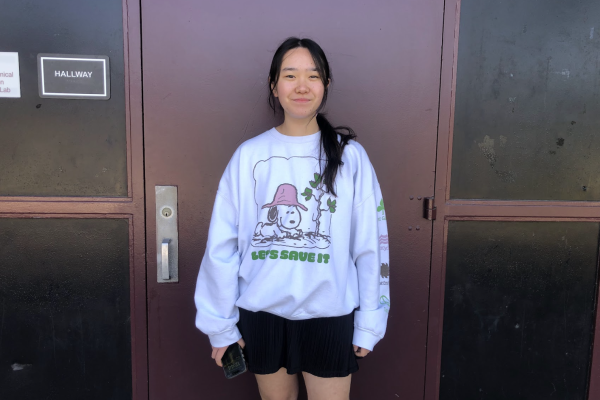
Anna Jiang is a senior and the Head Features Editor of the Wolfpacket. In her fourth year on the Wolfpacket staff, Jiang is excited to create a memorable...



